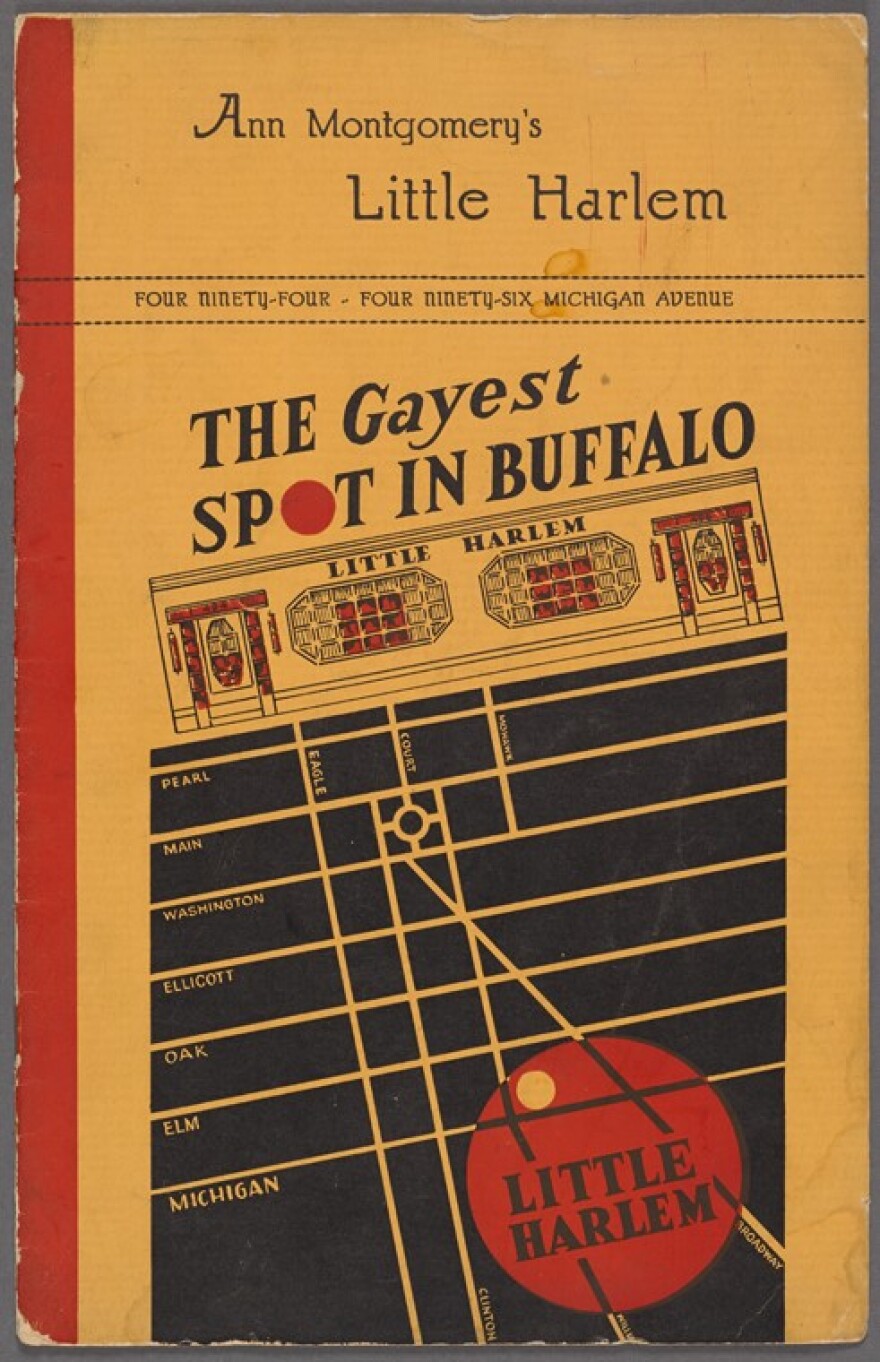The early history of Buffalo’s gay and lesbian community is lost, mainly because same-sex affection was so thoroughly stigmatized by society at large. It was, in the famous phrase of the 19th century, the love that dare not speak its name. But luckily, the city’s later LGBTQ history is known to us – largely through the remarkable efforts of two scholars who reconstructed what queer life was like in Buffalo from the 1930s to the early ’60s.
In 1993, Elizabeth Lapovsky Kennedy and Madeline D. Davis published “Boots of Leather, Slippers of Gold: The History of a Lesbian Community,” and it quickly earned a reputation in the academic world as a landmark study. Kennedy, a professor at SUNY Buffalo, and Davis, an official at the Buffalo and Erie County Public Library, spent 13 years compiling interviews with older, mostly working-class lesbians who were once active on the city’s bar and house-party scene. The women they spoke to -- white, black and Native American -- built communities and supported one another in an extremely hostile environment. They fostered the growth of a gay and lesbian consciousness that would eventually flower in the modern LGBTQ Pride movement.
The bars they frequented anchored a lesbian community so strong that it drew women from Toronto, Rochester, and beyond. The earliest such bar was Galante’s, on Wilkeson Street behind City Hall; in 1932 it had a mixed clientele of lesbians, gays and straight men. In the late ’30s, the Hillside on Seneca Street, far from downtown, became a lesbian hangout, as did Eddie’s Tavern, on the corner of Sycamore and Johnson; Eddie himself was remembered as being “very kind to gay women.” Black and white lesbians were welcomed at the nightclubs on or near Michigan Avenue that were famous across black America: the Little Harlem, the Vendome, the Club Moonglo, Pearl’s and the Lucky Clover.
But the most popular, glamorous club of all -- and the most out gay -- was Ralph Martin’s, on Ellicott and Seneca. From the mid-’30s to the early ’50s, it accepted a gay and lesbian clientele with open arms. In fact, Ralph Martin’s was so well known for its vibrant, transgressive scene that straight Buffalonians came to see and revel in it. Same-sex dancing was allowed, even encouraged in the back room; drag shows were staged; and patrons who were too tired or drunk to get home could sleep overnight in the booths. Ralph himself, or a gay employee named Pepe, presided over the proceedings. “Now that was a fabulous bar,” one woman told Kennedy and Davis. “There’ll never be another one like it.”
Martin himself was a fascinating character, a former boxer who was politically connected at City Hall and therefore could operate more or less openly. Regulars disagreed on whether he was gay or straight, but all agreed that he was a snappy dresser who liked a good time – and who looked out for his queer customers. One former patron told Kennedy and Davis that Martin “protected people,” and if anyone came in looking to cause trouble or gay bash, Martin made sure the interloper “didn’t stay long.” To emphasize the point, Martin’s bartenders often carried weapons.
“Boots of Leather, Slippers of Gold” compiled the first list of those otherwise forgotten places: Winters, Eddie Ryan’s Niagara Hotel, the Tudor Arms, the Shamrock, the Carousel, Dugan’s, the Mardi Gras, the Chesterfield, Bingo’s, the Two Seventeen, the Five Five Seven, the One Thirty-Two Club, the Oasis, Johnny’s Club Sixty-Eight, the Five O’Clock Club, the Club Ki-Yo, the Club CoCo, the Kitty Kat, the Pink Pony, Mandy’s, the Zanzibar and the Club Two Forty.
Now, two decades after Kennedy and Davis first told the stories of Ralph Martin’s, the Little Harlem and all those other bars, new researchers have expanded and deepened the list in chronicles like The Men’s Bar History Project – and Davis’s own extensive archive on queer history in Western New York and Southern Ontario resides at Buffalo State. The heritage of the LGBTQ community is a rich, vital part of Buffalo’s narrative. Long overdue, the story of that community is finally being told.
Cast (in order of appearance):
Woman #1: Krystina D. LucasRalph Martin: Joey Giambra
Pepe: Shameed Donell Wright
Woman #2: Vernia Clay
Narrator: Susan Banks
Sound recording: Micheal Peters and Connor De Junco (WBNY, Buffalo State)
Sound editing: Micheal Peters
Post-production: Kim Ferullo (Chameleon Communications, 510 Franklin St., Buffalo)
Piano theme: Excerpt from “Buffalo City Guards Parade March,” by Francis Johnson (1839)
Performed by Aaron Dai
Produced by the Niagara Frontier Heritage Project
Written by Jeff Z. Klein
Assistant producer: Karl-Eric Reif
Casting: Darleen Pickering Hummert (Pickering Hummert Casting, 234 Carmel Rd., Buffalo)
Jesse Tiebor (Casting Hall Productions, Buffalo State Theater Dept., 2014-15 academic year)
Special thanks to:
Brian McDermott, WBNY general manager, 2014-15 academic year
Connor De Junco, WBNY production director, 2014-15 academic year
Anthony Chase, assistant dean, School of Arts and Humanities, Buffalo State
Ronald Smith, professor, and Thomas McCray, assistant professor, Buffalo State Communication Dept.
Webpage written by Jeff Z. Klein




